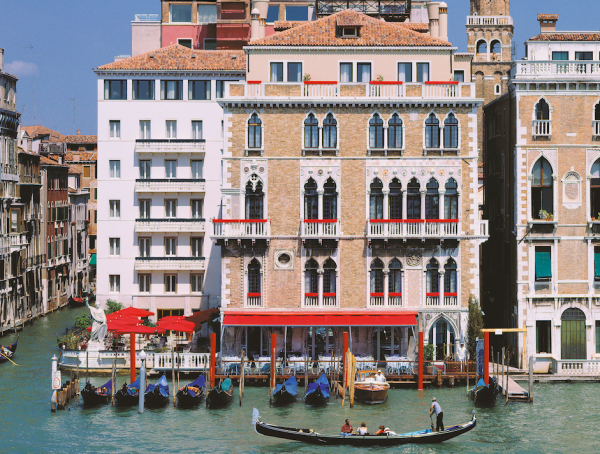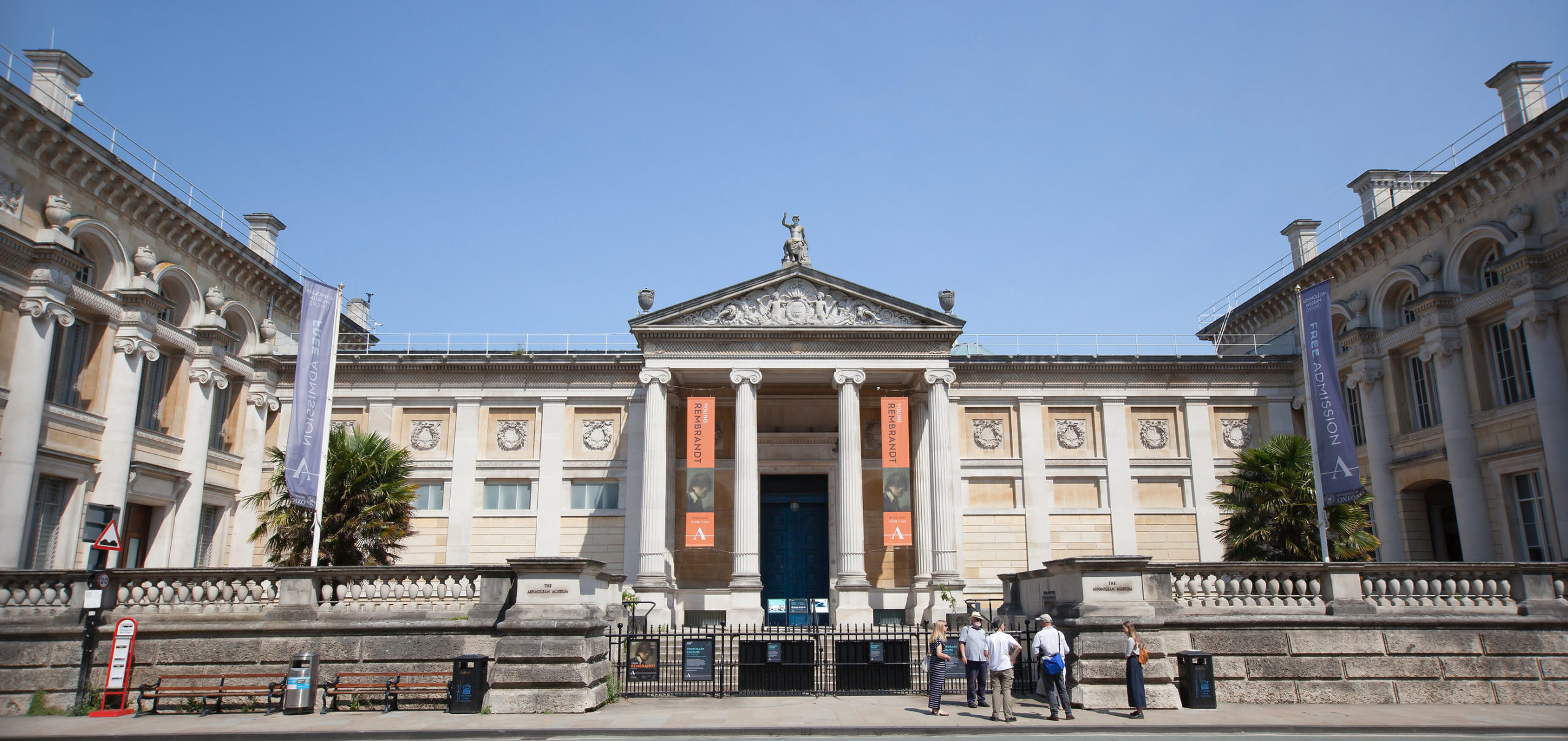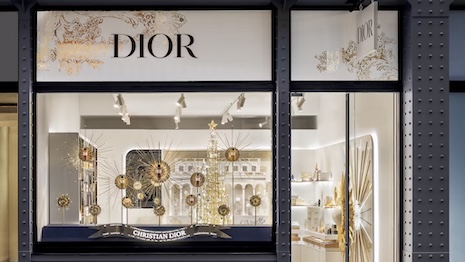On April 2, it was revealed that the French authorities uncovered over 100 artworks attributed to Soviet avant-garde artists. According to the latest news reports, they were found at an art laboratory in Paris. However, the way they got there is problematic: paintings by renowned 20th-century Ukrainian and Russian painters, such as Wassily Kandinsky, Kazimir Malevich, and Natalia Goncharova, were allegedly stolen from the private art storage of a collector named Uthman Khatib. Experts are already actively discussing the implications this situation will have on the art market of the Russian avant-garde, which has already gained a reputation for consisting of primarily forged works of art.
The Problem of Authenticating and Collecting the Russian Avant-Garde
The stolen artworks have an estimated worth of more than $108 million. Uthman Khatib, a private art collector of Palestinian descent, living in Israel, claims they were stolen from an art storage in Wiesbaden, Germany, in 2019. The collector’s son is now trying to trace and return around a thousand works of art stolen from his family. Since, according to him, many of the stolen pieces have already been sold at auctions, the journey toward recovering the Khatib art collection promises to be a long and difficult one.
It is easy to see how the news can negatively influence the state of the art market. The fact that hundreds of allegedly stolen works exist on the market implies that any art collector interested in purchasing a piece of Russian avant-garde art can potentially stumble upon one of them.
Another issue that this segment of the art market has already had for several decades is the amount of forgery. Fake paintings by Kandinsky, Malevich, and other lesser-known artists flooded the market in Russia and, eventually, Europe right after the collapse of the Soviet Union. But what is the reason behind this tendency?
The interest of Western collectors in Soviet Modernism spiked in the mid-1990s. Artists from mostly post-Soviet Russia, who were scraping for money and, coincidentally, well-trained in copying classical works of art as a form of practice, saw forgery as a lucrative venture. This resulted in fake avant-garde artworks entering galleries, museums, and private collections all over the world, particularly in Europe. Today, experts believe that there are way more fakes in the current art market than real, authentic avant-garde pieces.
Of course, Soviet Modernist art is not the only collecting field where fakes are common. Last year, the ex-CEO of the Orlando Museum of Art in Orlando, Florida, was sued for exhibiting forged Basquiat paintings. The best way to avoid purchasing a fake is to work with reputable, experienced art dealers.










